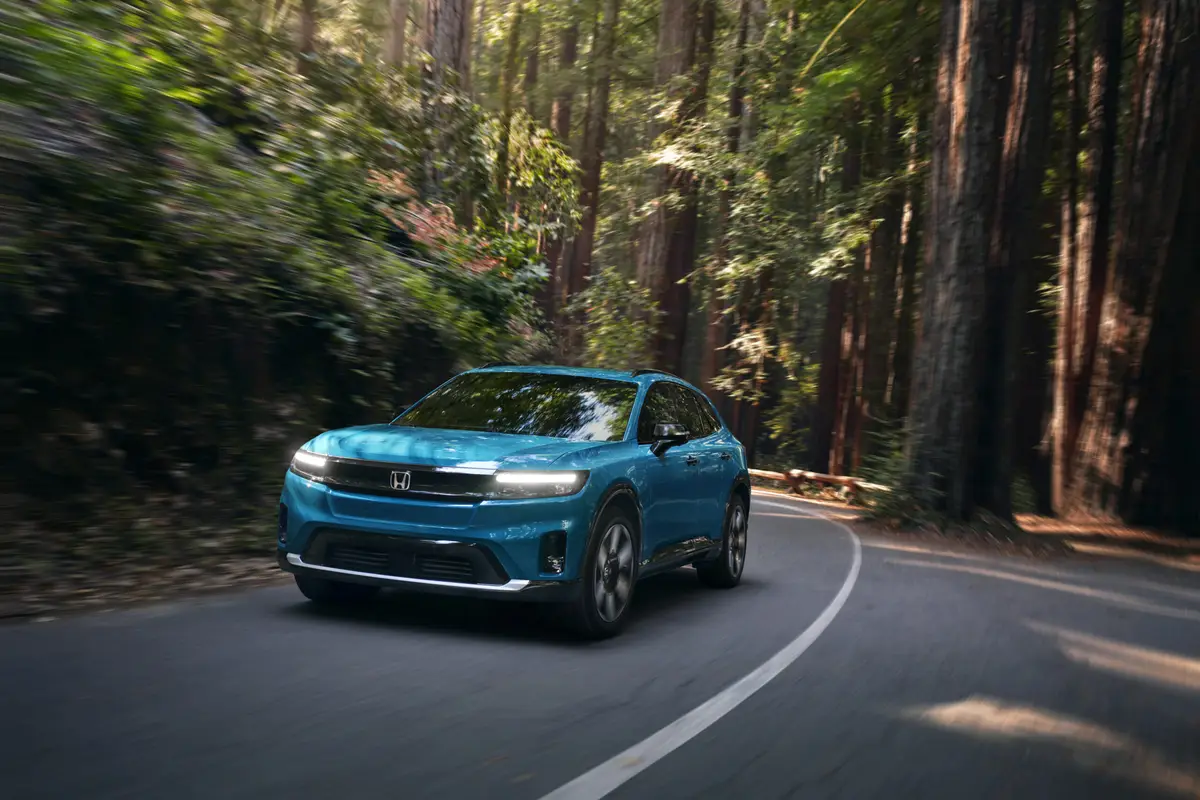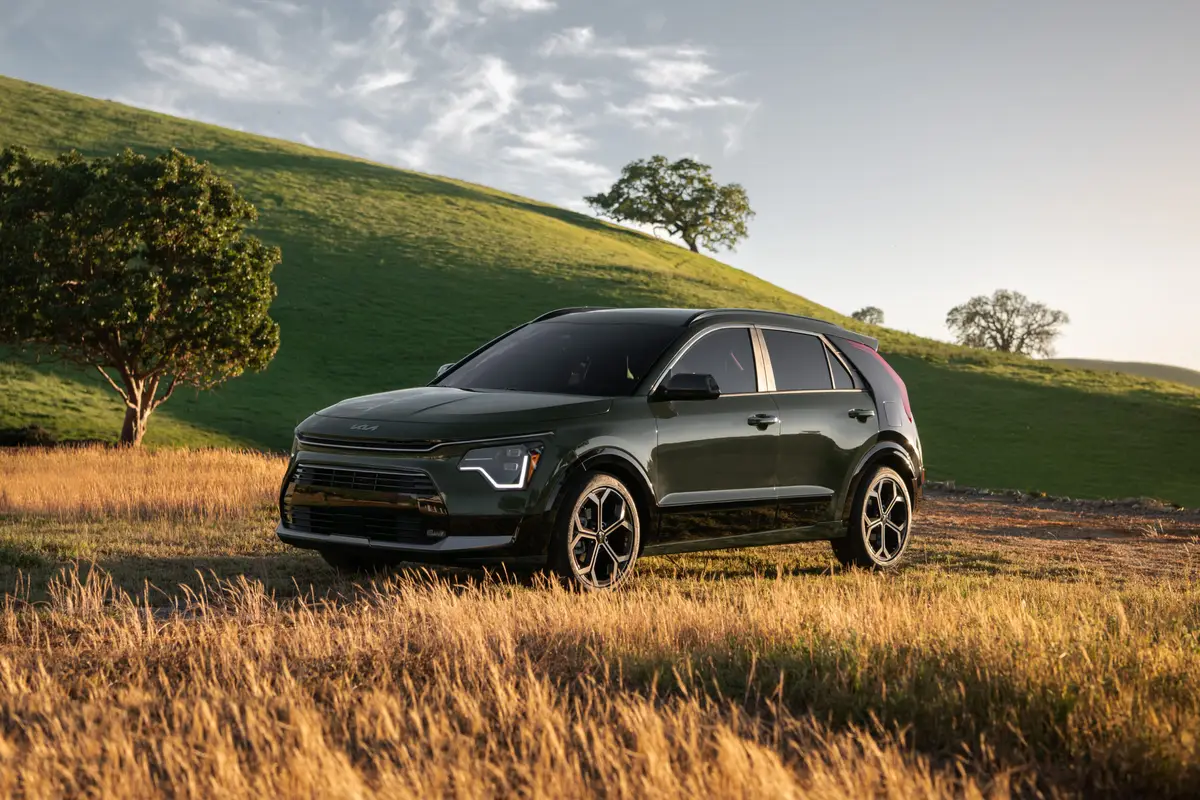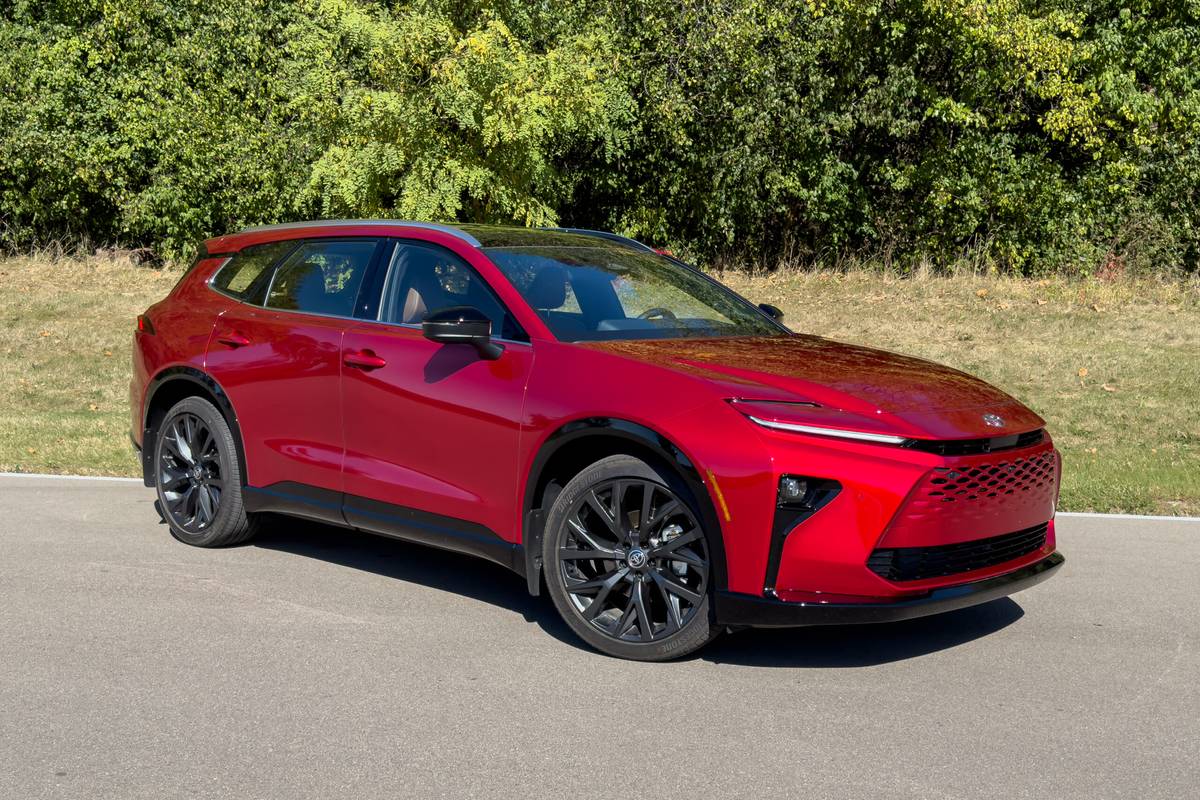washingtonpost.com's view
It was a gully washer, a flood from the sky. Common sense dictated pulling off the road. But there was a steep drop on the left and a rivulet-turned-river on the right. Staying on the road was the only viable option, and that meant driving into the storm.
I pushed the hazard-light button in the 2003 Saturn Ion sedan and prayed that Jill Lajdziak was right.
Lajdziak is Saturn’s vice president of sales and marketing, which means that her mission is to sell. Earlier, I had spoken with her about the Ion’s safety systems. She praised them to high heaven.
“Saturn is the leader in small-car safety,” she said, which is what I would’ve expected her to say. Now, heaven was raining like hell and Lajdziak’s little front-wheel-drive darling was being put to the test.
I waited for wheel slippage, front or rear, but felt none. The little Ion plowed ahead, albeit at 25 mph. It made no sense to increase speed at that point. Forward visibility was barely six feet.
The road descended toward a strip of concrete that looked like a bridge. But it was a very low bridge, barely above the water on either side — a bridge with no side rails stretched across a now-flooded creek. I hesitated but moved forward, hoping that the bridge wouldn’t suddenly disappear. It didn’t; and the traction control sold as optional equipment on the Ion worked just fine.
The rain eased. Visibility improved, and the once-invisible surrounding traffic increased speed beyond what I thought was reasonable on a slippery, two-lane road. But declaring virtue in a small sedan in a land of speeding trucks is akin to making a suicide statement. I hit the gas pedal and the Ion’s 140-horsepower, 16-valve in-line four-cylinder engine responded nicely. That means it provided enough power and gusto to keep me out of harm’s way, which is all I wanted it to do.
The Ion is not a performance car. It’s a commuter aimed at first-time buyers — people such as my youngest daughter, Kafi, who are just starting out in life, who can’t afford much, and who need a safe, reliable car to get around.
The Ion is safe. It proved that to me by maintaining its composure in the deluge. Besides traction control and an optional, four-channel Bosch anti-lock braking system, the test car also was equipped with optional head-curtain side air bags. And, Lajdziak’s sales enthusiasm aside, Saturn vehicles always have won praise for their space-frame construction, which reduces the amount of crash energy moving into the passenger cabin.
But Saturn’s problem is that its cars have always been boring — until now. The Ion sedan and its “quad coupe” mate, which is a coupe with two smaller rear-access doors, are attractive inside and out. They have personality and funk, accented by a center-mounted instrument cluster in the front cabin.
The instrument cluster’s design allows the driver to adjust the steering wheel up or down without blocking view of the gauges. BMW solved a similar problem in its Mini Cooper by affixing the instrument cluster to the steering assembly so that the steering wheel and gauge package move in tandem. But the Ion solution works well, too.
I like the Ion. It offers a lot for a small car, and it does it at a price, even with options, considerably below the total $21,775 I recently spent for my wife’s Mini. I think daughter Kafi will like the Ion, too. It’s cute, safe and practical. With its dent-proof composite side panels, she can park it anywhere in upstate New York without too much worry about it getting damaged. Besides, in her case, it will come with an unbeatable, pay-when-you-can, no-interest Daddy Auto Loan, which should allow her to save enough money for that rainy day that’s sure to come.
Latest news



